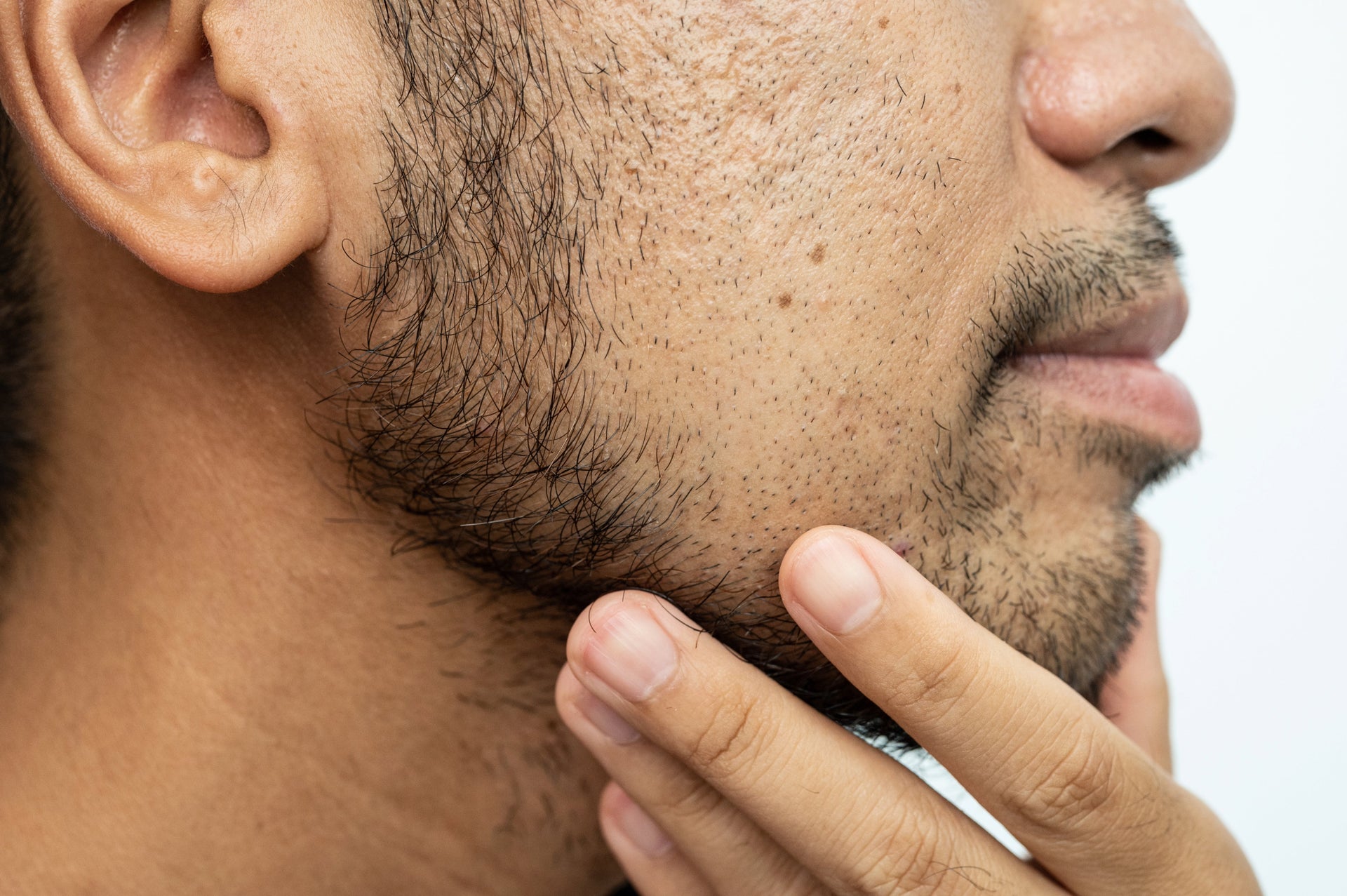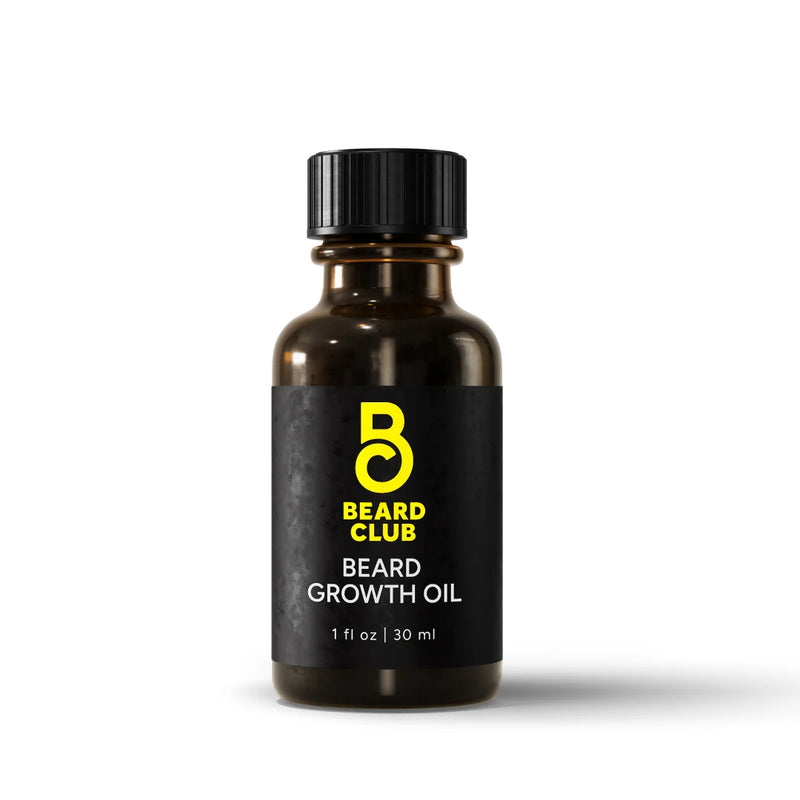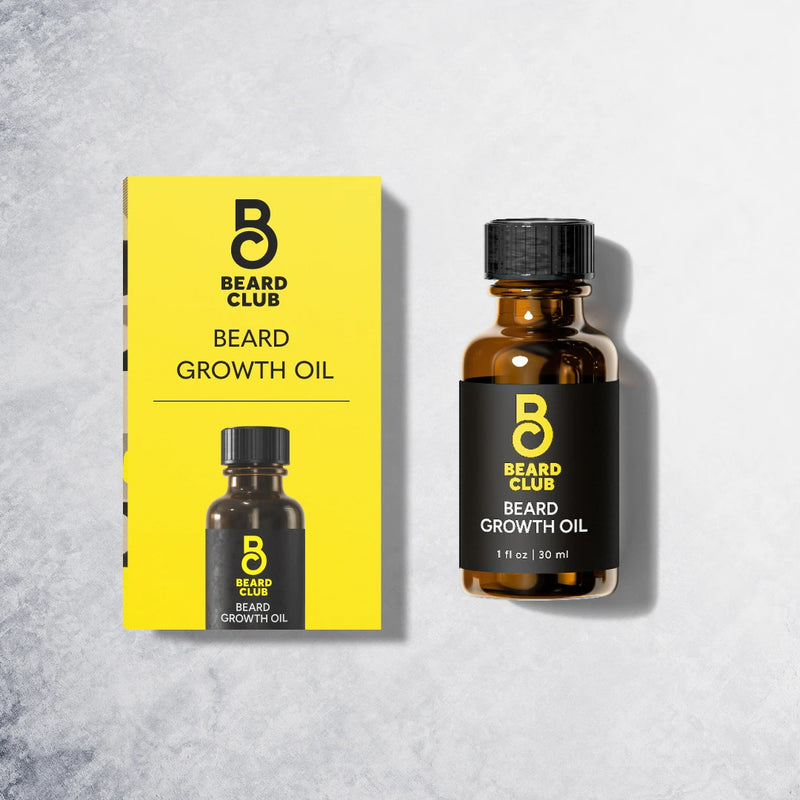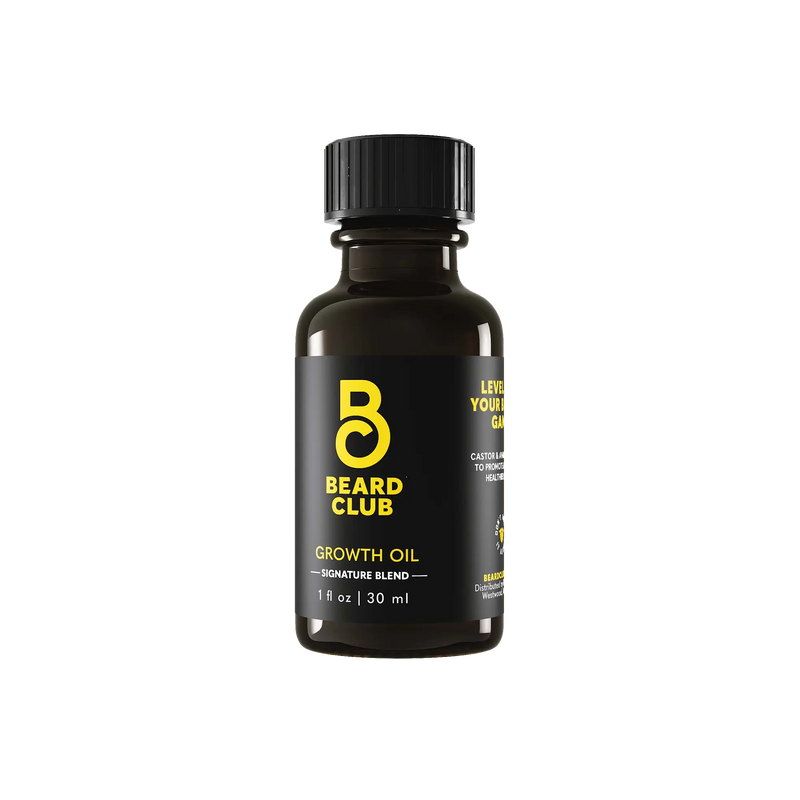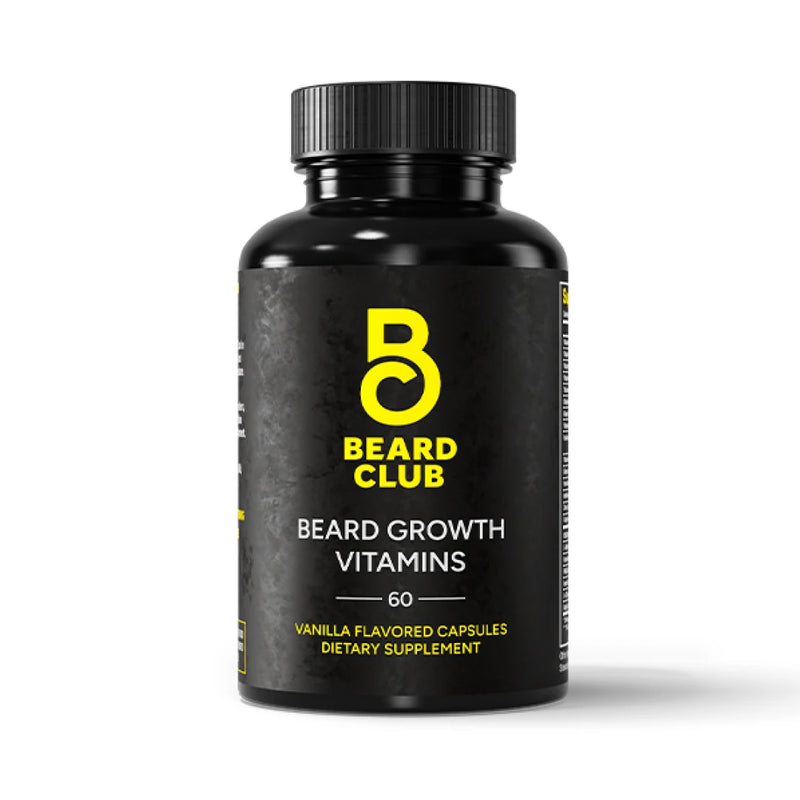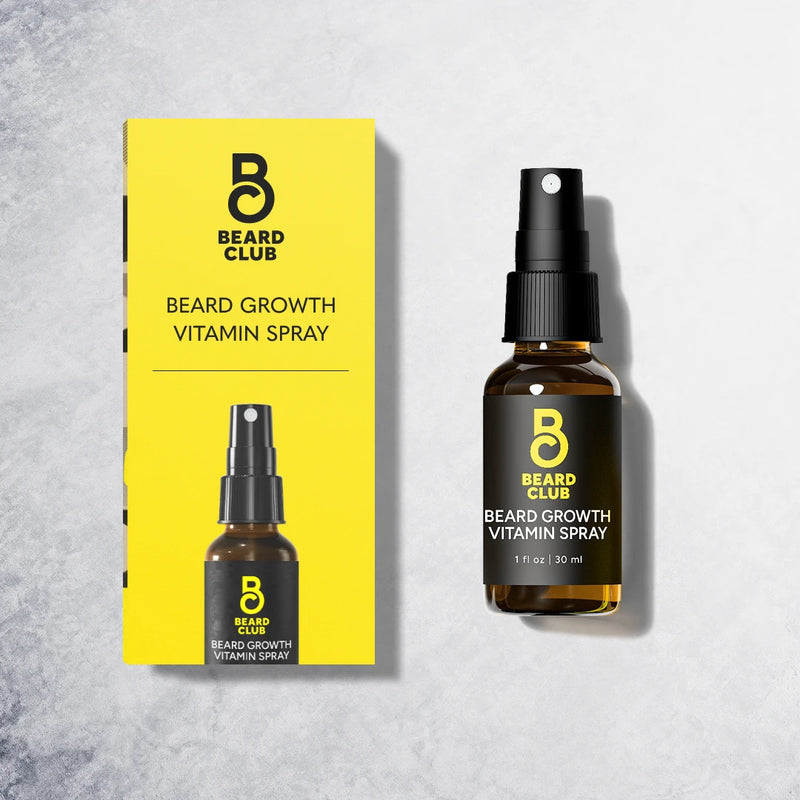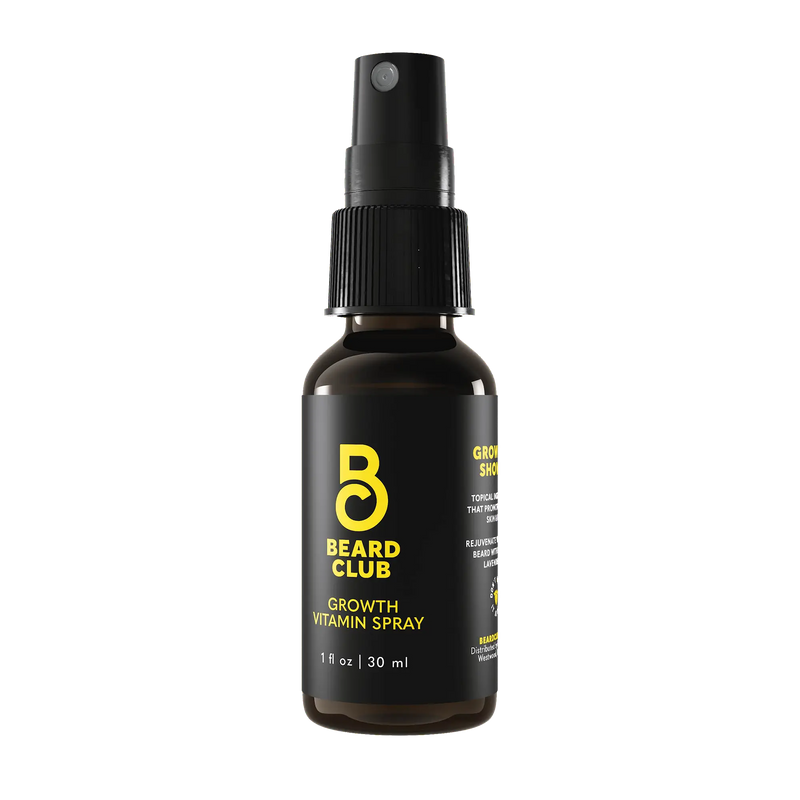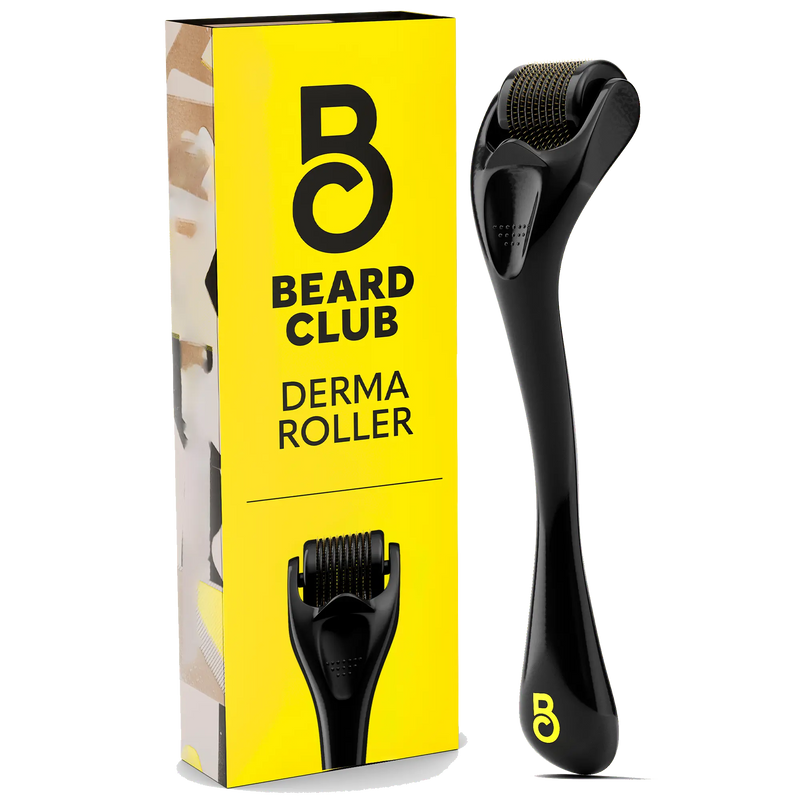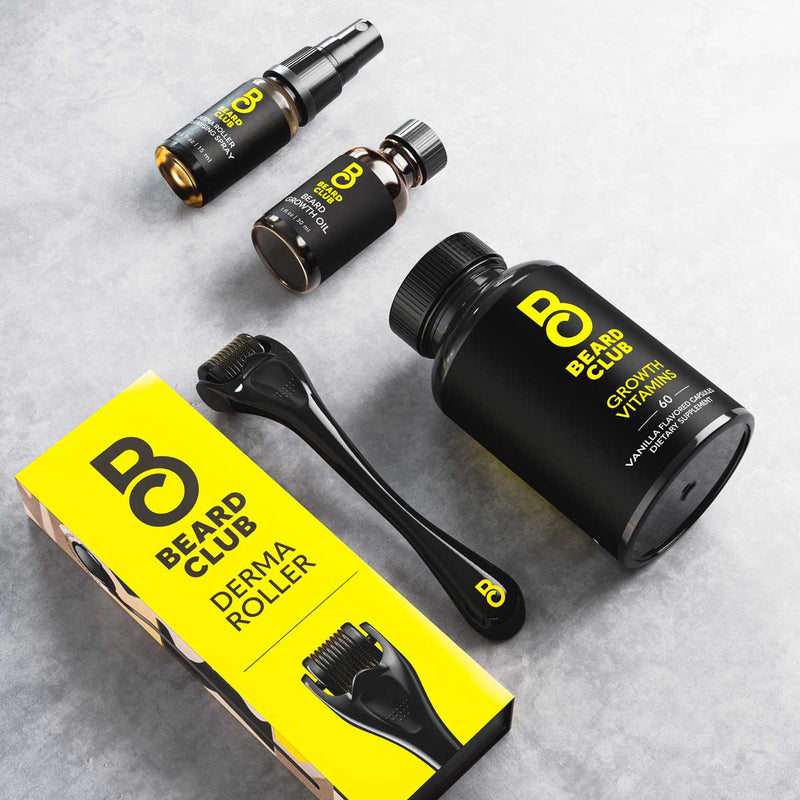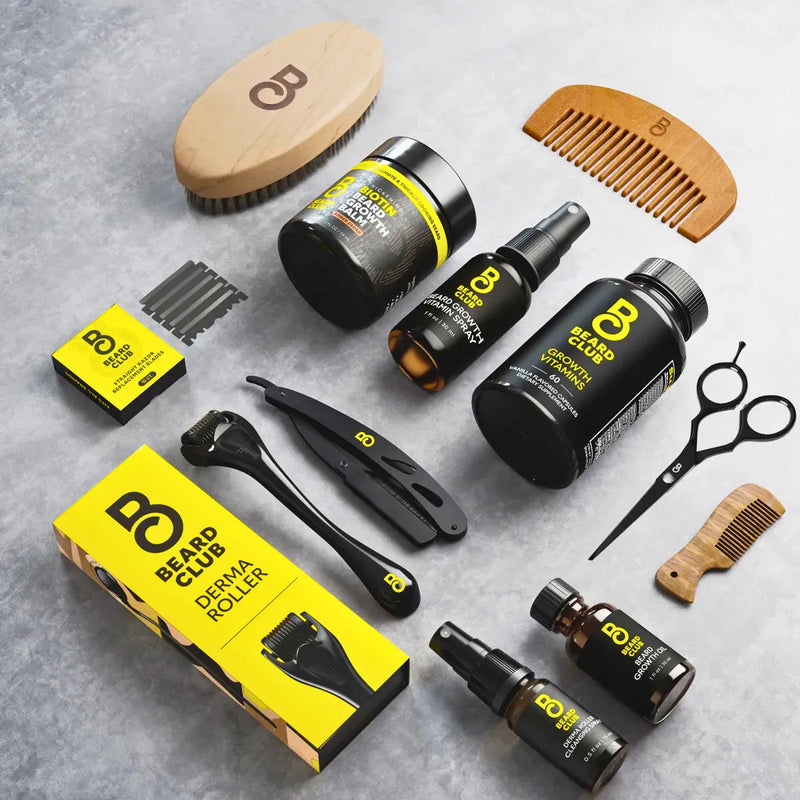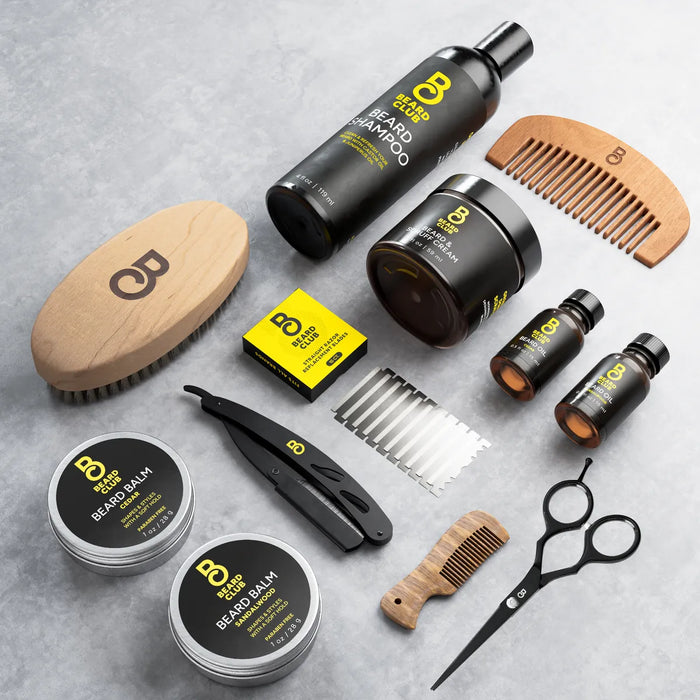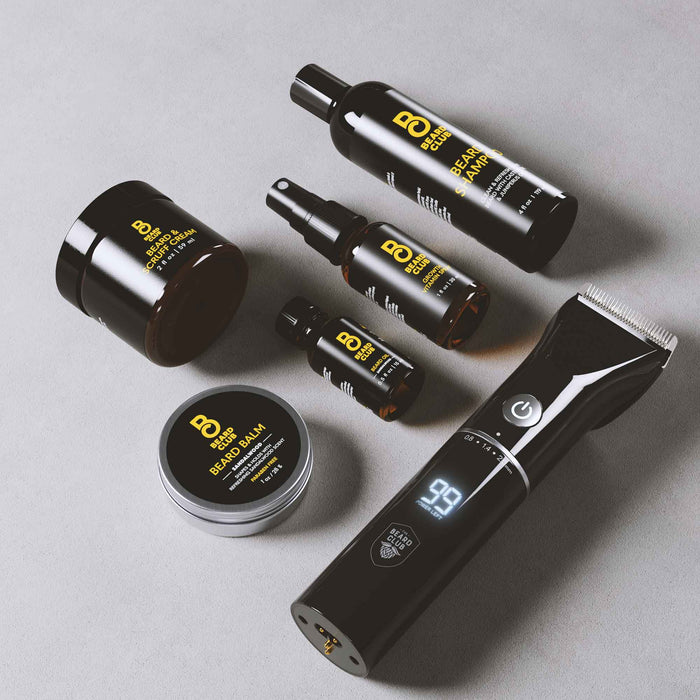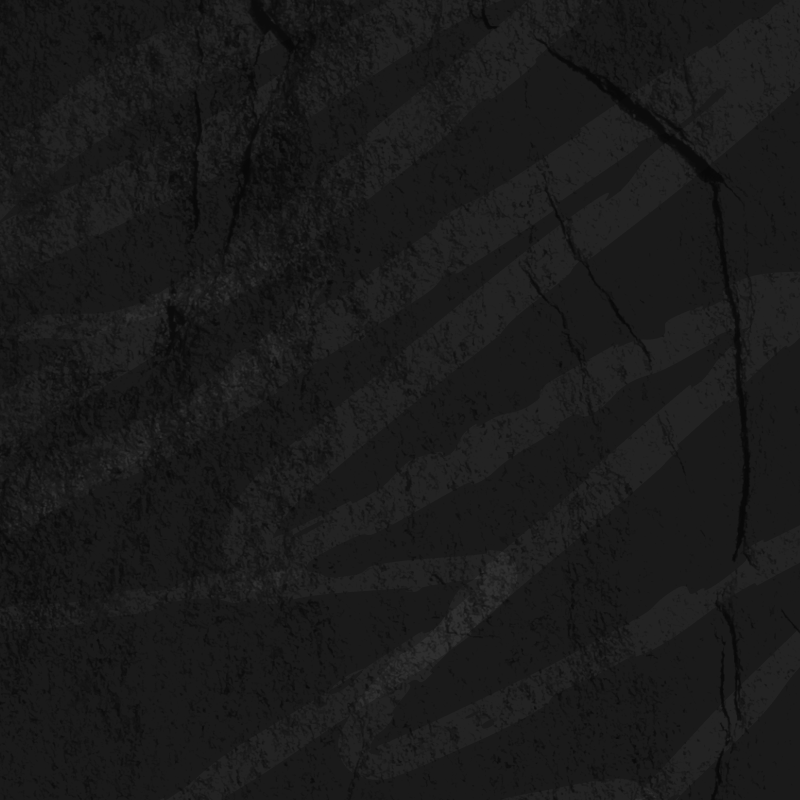Beard Acne: What It Is, Causes, and How To Fix It
Beards might look rugged and effortless, but underneath the scruff, it’s not uncommon to find breakouts, irritation, or painful bumps. If you’ve noticed acne flaring up around your facial hair, you’re not alone. Beard acne is a real thing, and it doesn’t mean you’re doing anything wrong. It just means your skin and beard need a little extra attention.
Let’s break down why it happens and, more importantly, what you can do about it.
What Causes Beard Acne and Pimples?
Some people wonder if beards cause acne, and while there may be some added risks, beards themselves don’t cause acne. Beard acne shows up when pores get clogged with a mix of dead skin, natural oils, and anything else that finds its way into your beard throughout the day.
Unlike the smooth surface of your cheeks or forehead, facial hair traps more of that buildup close to the skin, giving acne-causing bacteria an easy place to thrive.
Common triggers include:
-
Sweat and oil getting trapped in the beard and skin
-
Dirty grooming tools transferring bacteria
-
Harsh products stripping or irritating your skin, which could lead to vulnerable skin
-
Touching or scratching your beard throughout the day
What Beard Acne Is Not
It’s easy to lump all bumps and blemishes under one label, but not every breakout around your beard is the same. If you’ve tried the usual over-the-counter solutions and your beard breakouts persist, it’s worth getting checked by a dermatologist. Conditions like fungal acne require an entirely different approach.
Razor Bumps and Ingrown Hairs
Razor bumps are caused by ingrown hairs, which happen when shaved hairs curl back into the skin and cause inflammation. You may have also seen this referred to scientifically as pseudofolliculitis barbae.
While both can be present at once, beard acne is different and typically stems from clogged pores and bacterial buildup. If you’re growing out your beard and experiencing red bumps, it’s likely acne, not razor burn. That said, if you’re trimming or shaping your beard frequently, both could occur. The treatment for razor bumps differs from beard pimples, so you’ll need to determine what you’re working with.
Beard Folliculitis
Beard acne and beard folliculitis can look almost identical, but they’re not the same.
Folliculitis is an infection or inflammation of the hair follicle, caused by yeast, not bacteria. It appears as uniform bumps that may feel tender or itchy. In more serious cases, it can turn into painful, pus-filled cysts.
If your breakouts aren't improving with typical acne treatments, or if they’re painful to the touch, it’s worth checking with a dermatologist to rule out folliculitis.
Contact Dermatitis (aka Allergic Reaction)
Contact dermatitis is often mistaken for beard acne, but it's actually an allergic or irritant reaction that shows up as red, itchy, and inflamed skin. This condition is triggered by direct contact with something your skin doesn't like, such as ingredients in beard products, harsh soaps, certain metals, or even laundry detergent residue on your pillowcase.
Unlike beard acne, which tends to form pimples or bumps deep in the follicle, contact dermatitis usually causes more widespread irritation, dryness, and sometimes a rash that feels like it’s burning or stinging. If your skin flares up shortly after using a new product, this could be the culprit.
Know Your Skin Type (It Matters)

Knowing your skin type will be crucial if you’re dealing with beard acne. Understanding your skin type (or any skin conditions) can help you choose products and routines that actually work.
-
Oily Skin: Primarily caused by an overproduction of our natural oils (sebum). This skin type is more prone to clogged pores and breakouts, especially under a thick beard. Stick to lightweight, oil-free facial cleansers and use non-comedogenic beard oils.
-
Dry Skin: Dryness can lead to flaking, irritation, and even beard dandruff, which may get mistaken for acne and blemishes. Use hydrating products and avoid over-washing and exfoliating.
-
Sensitive Skin: Sensitive skin tends to get easily irritated by harsh ingredients or rough grooming tools. Go for fragrance-free, soothing formulas and soft-bristled brushes.
-
Combination Skin: Oily in some areas, dry in others. Balance is key with this skin type, both in the products and their application.
Knowing your skin type helps you fine-tune your beard care routine, from the face wash to your beard oil, it can make a big difference in preventing breakouts in and around your beard area.
How To Get Rid of Beard Acne
Beard acne can be stubborn, but it’s treatable. First and foremost, don’t pick or prod at your skin or problem areas. Gentle care is important for your long-term skin appearance and health.
For immediate acne treatment, the goal is to maintain cleanliness of the affected area and remove any irritants to provide relief, which will allow healing to take place.
Skincare Tips For Current Acne Breakouts:
-
Wash your face properly with a gentle facial cleanser with salicylic acid or tea tree oil to soothe any inflammation and clear up breakouts.
-
Applying a warm compress will help soothe inflamed pimples and bring trapped debris to the surface.
-
Avoid heavy or fragranced products that can further clog pores or irritate inflamed skin.
Skincare Tips For Long-Term Acne Prevention:
Once you’ve created balance, keeping things clean and consistent will be key!
-
Stick to a consistent beard care routine. Wash your beard, detangle, and moisturize regularly. Depending on your skin type, gently exfoliate every other week.
-
For oily skin types, look for non-comedogenic beard oils or balms to soften beard hair without clogging pores.
-
Clean your beard brush, combs, and trimmers regularly. Even if your face and beard are clean, grooming tools can easily transfer bacteria they picked up.
-
Once acne clears, consider using a derma roller (again, on clear skin only) to boost circulation, support healthier skin, and improve skin appearance. In fact, according to the American Academy of Dermatology, microneedling can be an effective way to improve the appearance of certain acne scars.
Skincare Routine to Prevent Beard Acne (Without Shaving Everything Off)

You don’t have to choose between clear skin and keeping your beard. These few simple grooming habits can help you manage both:
1. Wash Your Face and Your Beard the Right Way
Use a gentle face wash once or twice a day to remove excess oil and grime. Make sure to massage it into your beard so it reaches the skin underneath. Rinse thoroughly and pat dry (without scrubbing).
2. Exfoliate (But Not Too Much)
A light exfoliating scrub 1–2 times per week can help clear dead skin cells and prevent clogged pores. Avoid harsh scrubs or anything that feels like sandpaper.
3. Moisturize and Condition
Hydrated skin is less prone to irritation and breakouts. After washing, apply a moisturizer and beard cream or beard oil that works with your skin type and won’t clog. This helps soften your beard hair and soothe the skin underneath.
4. Hands Off
Try to avoid touching your beard throughout the day. Your fingers pick up oil and bacteria that can easily make things worse.
The Best Products To Help Prevent Acne Under a Beard
When shopping for beard care with acne-prone skin in mind, look for:
-
Fragrance-free or low-fragrance formulas
-
Non-comedogenic oils like jojoba, tea tree, or argan
-
Gentle exfoliators
-
Face wash with acne-fighting ingredients like salicylic acid or niacinamide
If you're unsure where to start, a skincare kit designed for bearded skin can be a solid investment. Pair it with a derma roller and you’ve got the basics of a beard-safe skincare routine that actually works.
When To See a Dermatologist
If your acne breakouts are painful, cystic, or don’t improve after a few weeks of care, it might be time to consult a dermatologist. Beard acne can sometimes be a sign of deeper inflammation or a condition like folliculitis that requires prescription treatment.
Clear Skin Starts With Better Beard Care
You don’t need to choose between a solid beard and breakout-free skin. With the right care, you can manage beard acne and keep your grooming game strong. Focus on clean tools, skin-friendly products, and habits that work for your face, not just your facial hair.
At The Beard Club, we’ve crafted beard-safe skincare and grooming tools that support both growth and clarity. Explore our beard kits, derma rollers, and acne-friendly essentials built to back your beard—no matter what’s going on underneath.

FAQ: Beard Acne Basics
How do I stop my boyfriend’s beard from acne?
Encourage a skincare routine! Find him a gentle cleanser or beard wash, a good moisturizer, and beard oil that won’t clog pores. Ensure he’s using quality beard tools and regularly cleaning them.
Does beard oil cause acne?
Whether beard oil causes acne will depend on the product formula, application, and your skin type. Use beard oil sparingly with each application, using a beard brush to distribute evenly. And if you have oily or sensitive skin, you should stick to non-comedogenic options and avoid heavy fragrances.
Does having a beard help or hurt acne?
This one depends on your habits. A beard can make acne worse if it traps oil, dirt, and bacteria against the skin’s surface. But with the right grooming and skincare routine, growing a beard can actually reduce irritation caused by shaving, especially if you’ve dealt with razor bumps or inflammation in the past.
The trick? Consistent care involves keeping both your beard and the skin underneath clean, moisturized, and supported with a healthy lifestyle.
Can shaving help reduce beard acne?
Sometimes. Shaving your beard can remove some of the bacteria-trapping bulk, but it’s not a cure. And without proper skincare, acne will likely come back. Shaving too often or too aggressively can cause more irritation, leading to razor bumps or even more breakouts.
For most people, cleansing and moisturizing regularly work better than shaving everything off.
